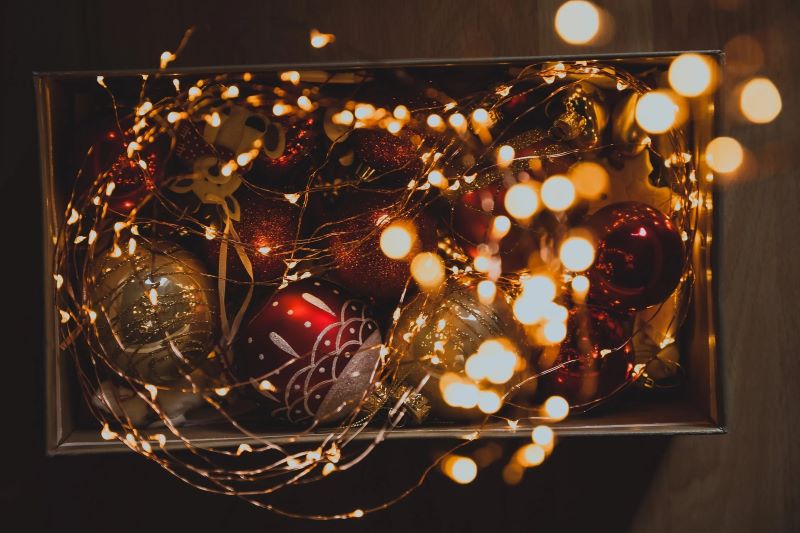If buying an artificial Christmas tree makes you feel like Ebenezer Scrooge or the Grinch, consider these pros: You may avoid spending money on a fresh tree every year and also avoid forgetting to water it.
Mark Feldman, chief home officer and general manager at Riverbend Home, tells MyDomaine that artificial trees help keep allergies under control since they don’t support the growth of mildew or moss like real trees do.
Still not convinced?
When the holiday is done, you won’t have to worry about cleaning up pine needles, and you can keep your tree up for a longer period of time, as Feldman points out.
Considering that artificial trees accounted for 82% of all Christmas tree purchases in 20191, now is a great moment to investigate the who, what, where, when, and why of artificial tree shopping. In this next section, we present the recommendations we’ve gathered from the professionals.
Considering This:
Do you feel the desire to switch up your current fake tree for a new one? There are some telltale signs that it’s time to replace your model: if many of the bulbs are burned out, if the tree is dropping a lot of needles, or if it simply doesn’t look as full and “healthy” as it once did.
What to Consider When Buying an Artificial Tree
Space
Take into account whether you have low or cathedral ceilings in the room where the tree will be placed. Do you have a big space that needs filling, or a tiny one that’s a bit snug?
Mac Harman, CEO and founder of Balsam Hill, advises, “You’ll need to measure the height and diameter of your chosen location, keeping in mind that the tree will expand wider as it gets taller.”
You should give your tree at least 6 inches to 1.5 feet of clearance between the top of it and the ceiling (including the height of the tree topper), and another 3 inches to 6 inches of clearance between the tree and any walls it will be touching.
Storage
Kim Tokarski, a senior merchant at Frontgate, cautions against storing Christmas trees in the garage, attic, or basement due to the dangers of pests and moisture.
She stresses the importance of never returning the tree to the original packaging. “Instead, think about a puncture-resistant standing tree bag that can be stacked or laid flat, and in which your branches won’t poke through.”
Find one that has a polyester lining that is bonded to plastic to prevent the entry of moisture and pests, and a protective iron frame with inside straps to keep the tree in place. To keep your tree safe while it’s being erected, you can purchase special bags.
Tokarski recommends tucking the bag beneath the tree during setup and covering it with a tree skirt. Simply take down your tree, put away the ornaments, and roll up the bag when the holiday is over.
Installation
Depending on the tree’s instructions, you should first clear a spacious area in which to assemble it, then examine and lay out all of the parts, labeling the bottom, middle, and top sections.
Feldman suggests doing it immediately, saying, “If there are any damaged or missing bulbs, now is the time to replace them.”
First, make sure all the lights are on and plugged in, then fluff and shape the branches to conceal the tree’s base and give the impression that it is fuller than it actually is. Reiterate after each subsection. After you’ve finished the tree, take a few steps back and examine it from a distance to see if there are any gaps.
